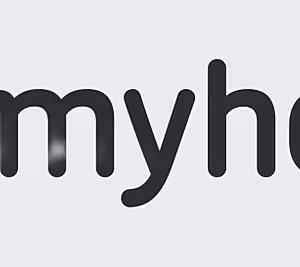
Last week NAMA published proposals that aim to help and attract potential homeowners buy in the current market. Following a release of an initial list of 850 properties in receivership or administration by NAMA, they announced the introduction of a deferred payments scheme whereby they would initially seek 80% of the purchase price of any property under its control and placed for sale. Not only would buyers not have to pay 20% of the purchase price for the first five years thy would also be safe guarded against any future property prices decreases i.e. buyers will not have to repay their NAMA loan if the property loses value.
How would it work?
- Potential buyers would deal exclusively with their own banks and would never engage directly with NAMA over a purchase.
- If a property has a selling price of €200,000 and a potential buyer has a deposit of €20,000, then they will be able to apply to one of the two “pillar banks” – AIB and Bank of Ireland – for a mortgage of €180,000.
- Once the loan is approved and the sale concluded, the buyer’s loan repayments will be based on the full €180,000 mortgage.
- However, NAMA will defer payment of 20% of the value of the property at the time of purchase, which in this case is €40,000. It will seek to reclaim this payment if the value of the property is maintained or increased over the next five years.
- After five years, the property will have to be independently assessed and, if the value has remained static or increased, then NAMA will collect the outstanding amount of the mortgage and the buyer’s repayments will continue as normal.
- But if the property falls in value, to for example €160,000 over the period, then NAMA will waive the outstanding €40,000 of the mortgage, leaving the purchaser with a €140,000 mortgage.
According to NAMA this strategy, which will need Government backing, is being pursued in the interest of “kick-starting” the property market.
It is expected that 12,000 residential properties, which included some homes located outside the Republic under NAMA’s control could be sold under the initiative.
Have your say
- Is the deferred payment scheme a good idea?
- If the scheme is approved, would you be enticed to buy a NAMA property?
- Do you think this could help “kick-start” the property market?







